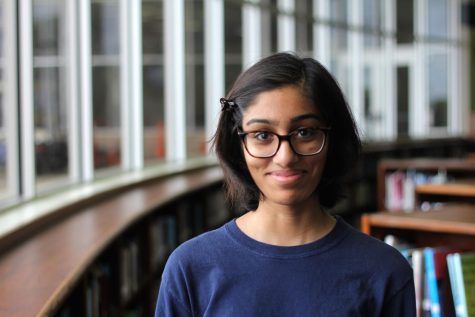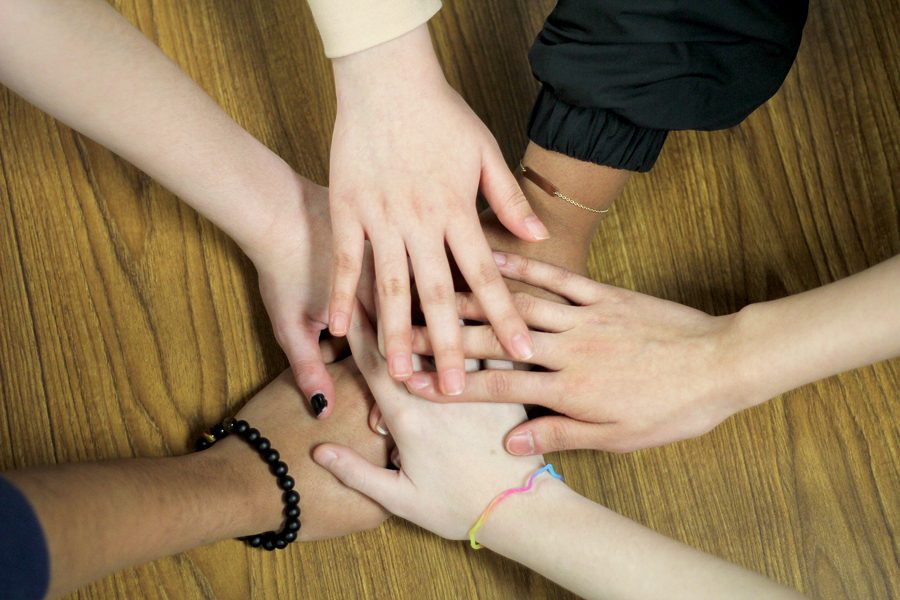Push for diversity in media important for representation
As a child, I was the token bookworm. Any sort of fantasy novel I could get my hands on was a gold mine of information and entertainment. However, I didn’t really realize or make the connection that these phenomenal sword-slinging, magic-wielding heroes were all similar: they were white. Influenced by all these heroes and the lure of high fantasy, I loved to create characters and fashion epic tales of good and evil. Although, despite my differing ethnicity and race, all my characters were white. Almost none of the heroes in the books were diverse, so my characters couldn’t be either. But, as I grew older, that all changed, along with the world around me.
I’d say around three or four years ago, there was a major push toward representation of all races, ethnicities and orientations in entertainment. Personally, I believe increasing diversity is a great way to appeal to all sorts of audiences and to expand beyond a single culture or trope.
I appreciate variety in media even if it is something as simple as changing the skin tone of a character or the name. This is pretty evident in recent cartoons such as “Voltron: Legendary Defender” or “She Ra and the Princesses of Power.” This establishes inclusion with a younger audience because they are watching all sorts of people save the day. Curiously enough, both of these cartoons are reboots of original cartoons back in the 90s.
The best kind of representation is when culture is incorporated into part of the identity of the characters. The character becomes so much more believable and holistic through distinctions in religion, clothing, food, tradition or language. If done correctly, there is nothing better than witnessing or reading about customs so different than your own, and learning how it makes a character unique. Growing up in a setting with distinct traditions and lifestyle, while it may not be relatable for everyone, is definitely intriguing. Notable examples of media with this sort of cultural representation include “Six of Crows,” “Black Panther” and “Kite Runner.”
Conversely, more mature media can use race to address social issues. For example, Randall in “This is Us” is an African American man who was raised by a white family. Subtle racial differences are briefly addressed in this dynamic throughout the course of his life. Similarly, “The Hate U Give” focuses heavily on racism and inequality in society. In these circumstances, the color of skin becomes so important, and it’s crucial that it be addressed in media.
Despite the pros of diversity, there is nothing wrong with a cast of mainly white people. Sometimes it makes sense in the setting, such as in “Stranger Things.” I’m no expert on American diversity in the 1980s, but I’m assuming it’s nowhere near how diverse it is now. There’s one African American main character in the show, which makes sense. Besides, I don’t question the Harry Potter or Percy Jackson books for their character choices because in no way did it lessen the quality of the book. Although diversity is good, there is no reason to force it in every piece of popular media.
Diversity in media is a key step to understanding and recognizing individuals different from oneself. Even small efforts like designing a character a certain way plays a role in influencing the audience, and bigger efforts can educate people about one another. It is a step in the right direction.

Senior Yasmin Haq is the editor-in-chief and this is her fourth year on staff. She dabbles in just about anything creative including writing, photography,...



